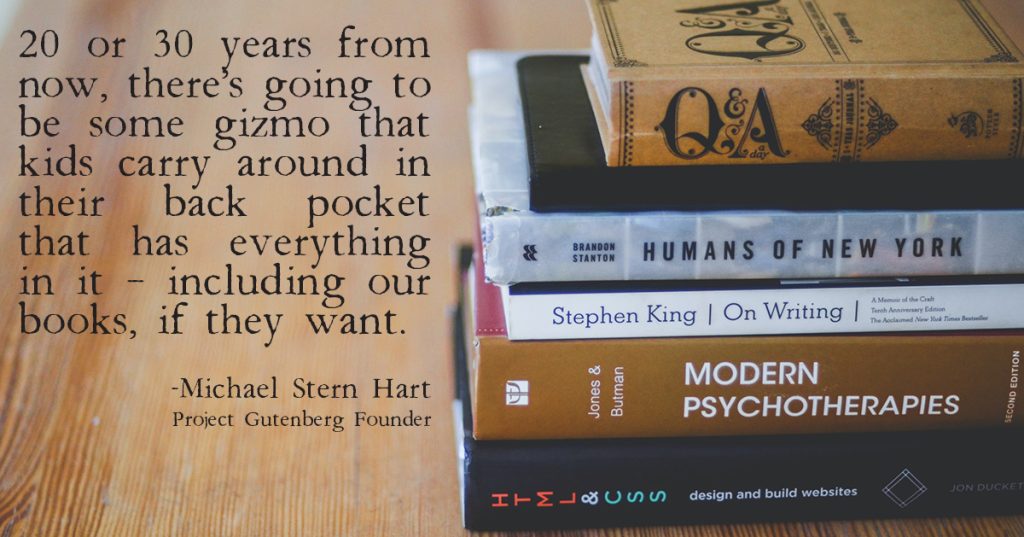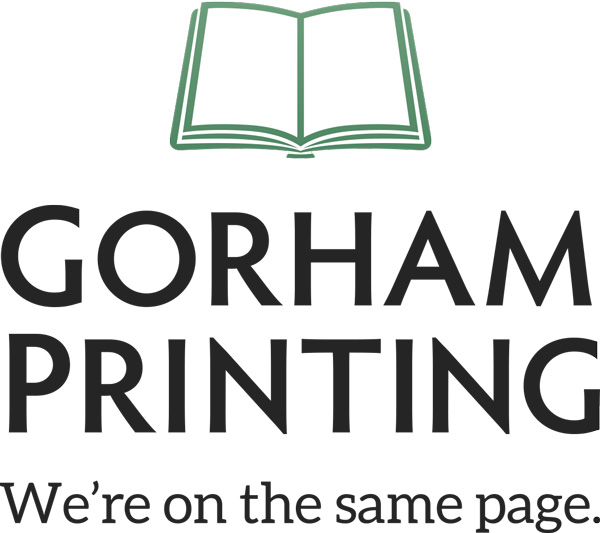Let’s get the obvious out of the way: nothing beats that old book smell, and when I have the choice, I’m always going to grab a beat up old paperback over a digital copy. Physical books aren’t going anywhere. In fact, a 2019 report showed that consumers spent ten times as much on physical books over eBooks.
However, that same report showed that eBooks generated over two billion dollars in revenue in 2019, which means that although a printed book is its own kind of magic, eBooks have their place in today’s market. For many authors, eBooks are a fantastic distribution tool that can complement other sales avenues.

What is an eBook?
An eBook is a digital file of a book designed to be read on mobile devices—think phones, iPads, Kindles, eReaders, and more. Because each of those devices run on different operating systems and have different requirements, most eBook files are designed to be reflowable, which means the files can adjust to fit on different screen sizes and types. It also means that the readers using those files can change things like the font size and even the font itself.
When you request an eBook conversion through Gorham Printing, you’ll get two digital files, one EPUB and one MOBI file. These are perfectly set up for your readers to download and enjoy and will be ready to sell the day you get them. Unlike a printed book, eBook files can be downloaded an infinite amount of times, so you won’t need to order more eBook conversions.
How are eBooks sold?
Most eBooks are sold based on the kind of device someone is using. Readers can search for eBooks and download them directly to their devices on things like the Kindle Store and Nook Bookstore. Apple and Google also sell eBooks through Apple Books and Google Play. Amazon, Barnes & Noble, Apple, and Google are the biggest distributors, but there are other options for those willing to look.
Just like with print books, you have nearly limitless options for how to sell an eBook. Unlike print books, your readers will need some kind of software to open the eBook, so you’ll want to think through what platform you’re going to use to sell the eBook.
Some customers have asked us if they can just list the eBook for sale on their website, and the answer is yes—but probably no. Yes, you can likely use your website to charge people from the eBook. However, getting the eBook from your website to their device in a way that device recognizes is a whole different story. If you’re a technological wizard, you might be able to make this happen, but for many authors, sticking with standard distributors is probably the best option.
Just like with print books, you will be the publisher and have full control over your eBook, including where it’s listed and how much it is sold for.

What makes an eBook different than a PDF?
If you’ve already created a print-ready PDF, why can’t you just email this to your readers? Well, you can, and for some books—especially graphic novels, image-heavy books, or art books—this is probably the best idea. A PDF can be opened on most eReaders and mobile devices and will match your printed book exactly. The reader won’t be able to change the font type or resize the book to fit their screen. If they want the type bigger, they’ll have to zoom in and out.
For some books, this is ideal. But if you have a 200 page novel, needing to zoom in to see the text can make the reading experience a bit challenging. With pages and pages of text, your readers will appreciate being able to make the font bigger with a single tap, which is exactly what an eBook does.
Okay, sign me up—I want an eBook!
Whenever someone asks about an eBook conversion, my first question is, how do you plan to use it? If you’re aiming to list it for sale on Amazon and already know how to get it listed, including how much Amazon will charge for each sale, then it sounds like an eBook conversion is the right next step. If you’re not sure where you’ll sell the eBook, or you think you may want to list it on a personal website or try sending it directly to readers, then it may be good to research first and do the conversion later, once the plan is solidified.
If you’re going to be selling your own eBook, I’d suggest downloading one first. You can likely access Apple Books or the Google Play store right from your phone, and with eBooks going for as little as $1 in some cases, you can start by looking at what’s out on the market. Reading an eBook will give you a sense of how readers might find your eBook, and what they’ll be looking for.
The great thing about eBooks is that we can convert your Word document or PDF at any time, and it doesn’t have to be with a print order. You can order an eBook before a print order, after a print order, or separate from a print order altogether.
You can learn more about eBooks, get eReader software for your computer, and find out about other options for eBooks, on our eBooks FAQs. Or, if you’re ready to get started today, get a price for your eBook and upload your files for conversion using the Get a Price Tool.



